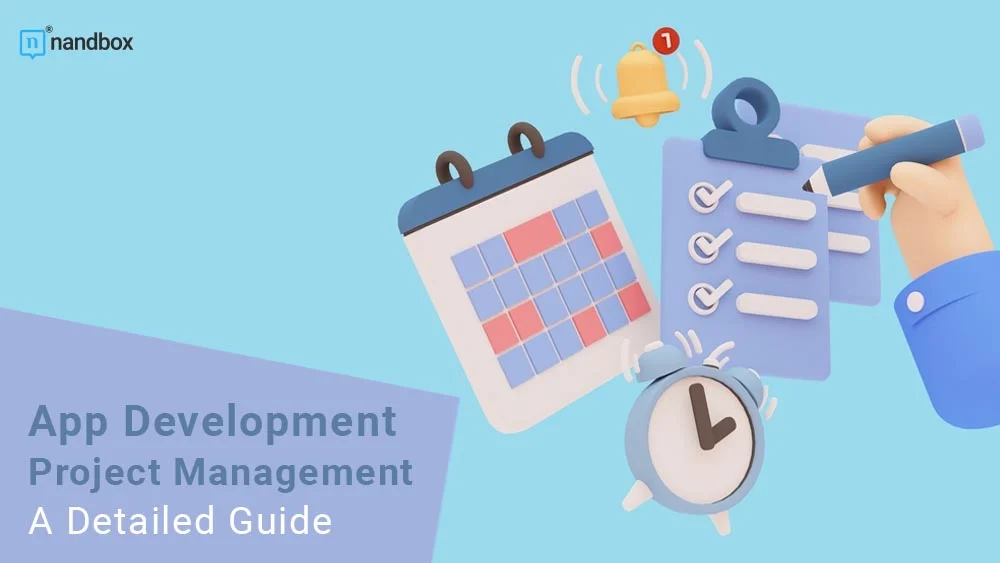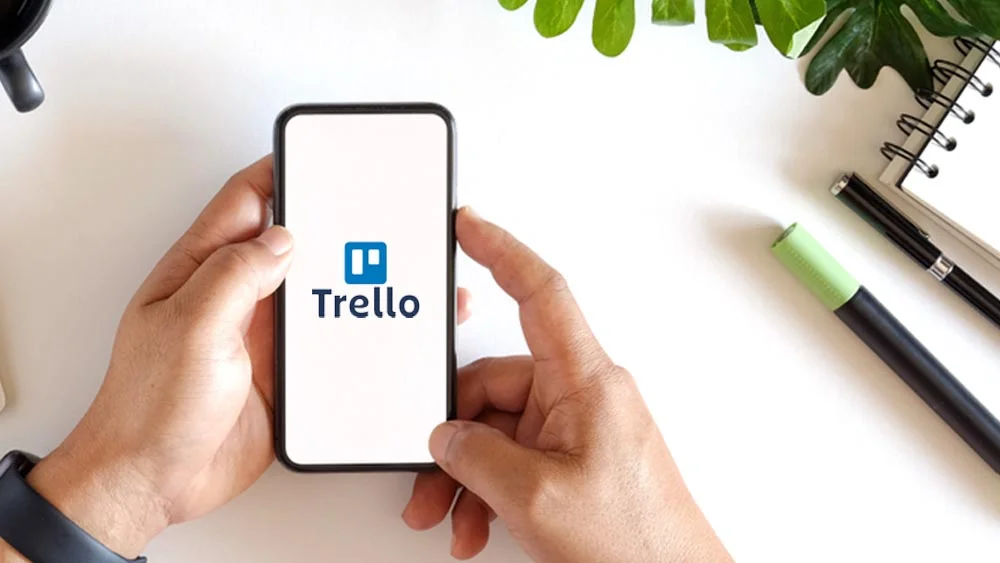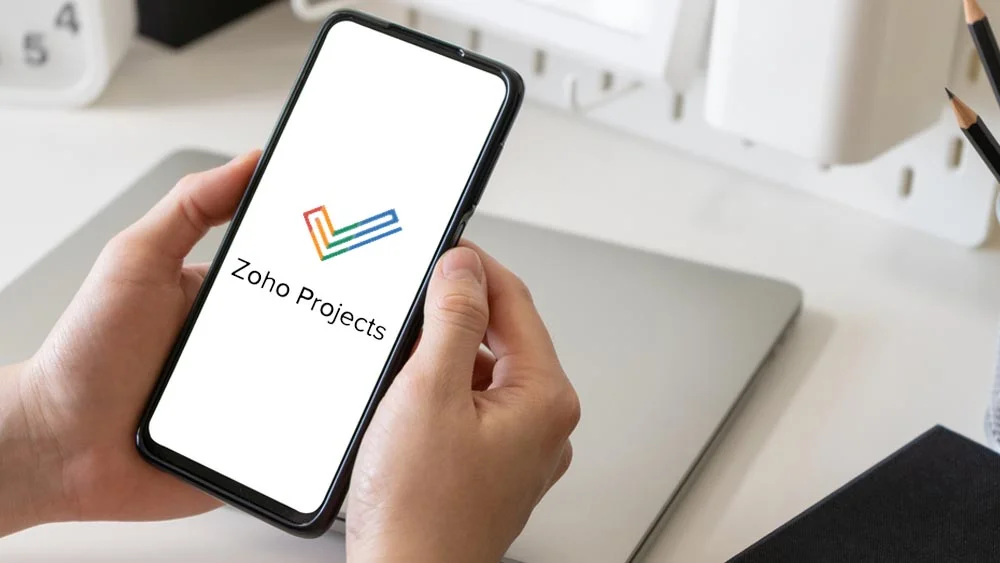The Ultimate Guide to Managing App Development Projects
When making a mobile app, developers will likely run into a number of problems that they will need to solve. So, any business that specializes in making apps must follow the project management rules to make sure the apps work well and stay within the project’s time and money limits. In this article, we’ll be discussing app development project management methodologies in a complete and detailed guide.
If you don’t have a decent strategy, it’s easy to veer off course with this procedure. Every excellent plan should start with how the project will be managed. On the other hand, managing a project can be done in a variety of ways and structures. While some of these are useful for creating software such as mobile apps, others aren’t as helpful. You’ve come to the right place if you’re developing an app and are unsure of what kind of project management will work best for you. You can consider checking out Exam-Labs if you are considering pursuing a CSM certification to gain valuable insights into effective project management strategies, ensuring you have the skills to navigate the complexities of the development process, especially when creating software like mobile apps.
App Development Project Management: A Quick Overview
The idea or concept for the app is conceived during the “initiating” stage, and the specifications are developed. The initial requirements are used to plan the time, cost to develop the app, resources, and scope of the application. The majority of the managerial work will have been completed at this point. The executing phase can begin once the planning phase is complete and the plans have been reviewed.
The development of the app will begin at this time. At this time, the project manager must keep an eye on developments and reduce risks. After testing and development, we’ll publish the app and call the project done. We’ll have a meeting to discuss what went wrong and what could have been done better before we do that. We’ll also discuss potential changes we could make in the future.
To aid in the planning and visualization of your project management strategies, SlideUpLift’s project management templates can be an excellent resource. These templates are designed to help you effectively organize and present your project management approach, ensuring clarity and alignment throughout your team.
App Development Project Management: Why Is It Important?
There are three key advantages and benefits to having an app development project management plan. Setting expectations is the first benefit we’ll be discussing. Making sure that everyone is aware of the project’s goals and expectations is a key component of good project management. If you’re wondering what is a kanban board, incorporating this visual tool can further enhance communication and streamline workflow, contributing to the overall effectiveness of AI for project management. There won’t be any unpleasant surprises when everyone is aware of what will occur in the next steps. Implementing a robust project management strategy is pivotal in navigating the complexities of app development. The right methodology and tools can significantly enhance collaboration, streamline processes, and ultimately lead to the delivery of a high-quality product,” says Michał Kierul, CEO of INTechHouse.
Project management for app development will also enhance communication. Creating a mobile app is a difficult process that involves many people, such as the client, designers, and programmers. A well-run project will have an easy way for people to talk to each other so that nothing important gets missed.
Last but not least, app development project management lets you make better use of resources. By definition, the creation of a product is an iterative process. Following user testing or target market analysis, change requests are submitted. If you know how to manage a project, you can handle adjustments and keep the budget and deadline in check.
Steps to Create a Successful App Development Project Management Plan
Here are some steps that are summarized for you to walk through in order to come up with a successful app development project management plan:
Set Goals and Objectives
Setting measurable goals and objectives is essential for any successful app development project. Taking some time to define the aims of your project, identify what needs to be achieved in each phase, and plan out the timeline will help you stay focused and organized throughout the process. Be sure to set ambitious but realistic goals that can be achieved within the allocated timeline.
Identify Resources Needed
Once you have established the goals for your project, it’s important to consider what resources will be required to help achieve them. This could include people with specific skills and expertise, hardware and software, or tools. In the case of software development projects, engaging professional software development services can be a valuable resource. These services offer access to experienced developers who can efficiently build, test, and deploy your software solution. By leveraging software development services, you can ensure that your project receives the necessary technical expertise and guidance, ultimately increasing the likelihood of successful completion within the desired time frame. It’s a good idea to create a clear resource plan that outlines who will be responsible for each task and when it should be completed. Make sure there is enough capacity in the team to complete the project within the desired time frame.
Create a Development Timeline
Once you know what the project’s goals are and have gathered the materials you need, you need to make a development schedule. This should show the order in which things will be done, set milestones, and set times for troubleshooting and testing. While it’s impossible to predict all challenges that may arise, having a timeline helps you stay on track and allows time for hiccups along the way.
Draft a Communication Plan
Developing a communication plan is essential for keeping the project on track. Keep stakeholders informed and provide updates as milestones are accomplished or problems arise. This kind of upfront communication around expectations, roles, and deliverables makes sure everyone is on the same page and working toward success. Additionally, it’s important to have clear channels of feedback, which are then incorporated into the project plan when appropriate.
Implement Quality Assurance Guidelines
Quality assurance is a critical piece of the app development process. To make sure you’re delivering a good product, you might want to set guidelines for quality assurance, such as how much testing should be done, how code reviews should be done, and how automated testing should work. Automated testing can help identify bugs or other issues with your app quickly, which can then be addressed before it goes live. Additionally, make clear the acceptance tests that each release must pass before it is approved. Following these steps will help make sure your app stands out from the competition and meets user expectations.
App Development Project Management Tools
Along with the helpful tips above, there are also a lot of project management tools or apps with project time tracking that can help app development projects get done quickly and well. Let’s see how project managers actually employ some of these technologies.
Trello
Project managers can use Trello to keep track of the progress of various projects and see how the work is progressing. Setting up a visual board to suit the requirements of your project is considerably simpler with drag-and-drop tools.
Asana
Asana is a project management application that makes it simple to keep track of every job associated with a certain project. It is an all-in-one program that will help you plan, assign, move, and keep track of the status of any project’s tasks.
Basecamp
Basecamp is an effective project management tool. It is capable of managing numerous projects at once, as well as discussion threads, charts, calendars, and a variety of other things. You can select from a variety of ready-to-use templates in it as well.
Zoho Projects
The platform Zoho offers a wide range of features, including bug tracking, employee time tracking, visual boards, and more. It can be applied to a variety of tasks, including more conventional software engineering and agile software development.
Different Methodologies of App Development Project Management
There are five main methodologies for project management in app development. These methods are:
- Agile project management
- Scrum project management
- Extreme programming aka (XP) project management
- Waterfall project management
- Kanban project management
Below, we will discuss each method so you can choose the right one for your app development plan.
Method No. 1: Agile Project Management
The agile approach to project management puts the business goals first while still sticking to the budget and schedule. This method encourages team members to keep adding value to the project and gives them more control over it via agile project management software.
Agile management encourages speed and adaptability as an iterative method for finishing a project. To put it briefly, the agile methodology is adaptable. Instead of being given in a straight line from beginning to end, the different steps and iterations are given in shorter bursts. Due to the fact that circumstances can alter over the course of a project, this enables maximum flexibility. The stages of an agile project include requirements, design, development, testing, deployment, and review. Some of the advantages of the Agile method are:
- Helps you fix bugs after each stage
- Can be easy when it comes to applying changes through the development process
- Provides you with continuous collaborations with stakeholders and clients
- Helps you prioritize your timeline and budget
- Can break your project up into multiple stages
Method No. 2: Scrum Project Management
Scrum, a method for managing projects, is also based on agile’s core values and guiding principles. So if you’re employing this technique, keep those agile concepts in mind. It all starts with sprints. Sprints are the brief periods of time during which all work is performed. Each day, Scrum teams get together to briefly go over the projects they are working on as well as any challenges they may be encountering.
A stand-up meeting is another name for a daily Scrum. According to theory, nobody is required to sit down during this meeting because it is so brief. It’s critical that you adhere to the daily Scrum, even if your software team is remote. Scrum’s product backlog is yet another essential element. Basically, this is a list of chores that need to be finished in that order. These product objectives are divided into sprint backlogs, and when they can be checked off as completed, they are converted into increments. Here are some of the benefits that this method provides you with:
- Eliminates all ambiguities during meetings
- Organizes tasks and completes tasks
- Assigns team roles and responsibilities clearly
- Helps you identify obstacles quickly
- Helps you achieve an app quick release
Method No. 3: Extreme Programming Project Management
Extreme programming, as its name suggests, is another great way to make apps. It is an agile framework created especially for the creation of high-quality software. Out of all the agile frameworks, XP has the most focused use case and set of rules for developing software. The typical XP stages are as follows:
- Planning
- Managing
- Designing
- Coding
- Testing
XP is specific to the software industry. Implementation with novice developers can be difficult. When teams are working together for the first time, the process may not always be effective since they may not feel like they can transparently communicate. That is why this specific project management method has five core values for teams to walk by. These values are communication, simplicity, courage, feedback, and respect above all.
Method No. 4: Waterfall Project Management
The simplest method for project planning is the waterfall approach. Although it may not be the most typical process for app development, it can be effective for simple apps.
It’s also important to note that the waterfall project management approach is perhaps the simplest to use. Hence, if you’re a novice project manager who is just starting to lead teams, this system may be able to help you gain confidence.
The waterfall method’s main idea is to follow a set of steps in order. The steps of a task are sequential, and one must be finished before the next one can begin. Everything goes downward, much like a waterfall; you cannot go back upstream.
Because of its rigid structure, waterfall project management usually doesn’t work well for projects that are hard to plan. As changes cannot be made throughout the development project, many developers find it to be somewhat restrictive. Having said that, there are unquestionably situations in which the waterfall project management style is ideal for an app development process.
Method No. 5: Kanban Project Management
Another easy method to understand is Kanban project management, which can be used for a variety of projects, including app creation. This process provides you and your team with a visual breakdown of the tasks involved in finishing the app. Typically, there are three main categories for deliverables: to-do, in progress, and done. Kanban is also effective at handling bugs after a launch. A new task or card can be created in your to-do backlog each time a new bug report is received. Developers can then shift those cards from in progress to done after having a clear understanding of what needs to be fixed.
Final Thoughts
App development project management can be a bit intimidating, but with the right tools, you’ll get the best out of yourself or your teams. With a no-code solution, your project management plan in the app development process will be very easy. Currently, nandbox is the only native no-code app builder in the market. We will help you create an app from scratch within a very short period of time. No code means flexibility with your app-building process.
You will brand your app, add all your desired features, and test it freely without having developers oppose your app vision or idea. Sign up now for nandbox’s native no-code app builder and enjoy the 14-day free trial provided for you to familiarize yourself with the app builder and know how to navigate it well.








